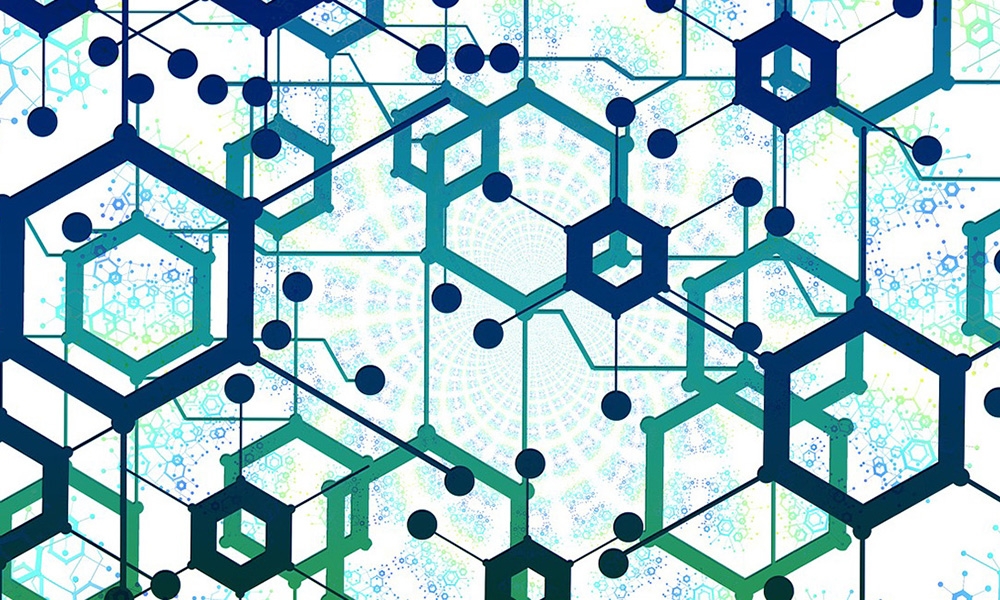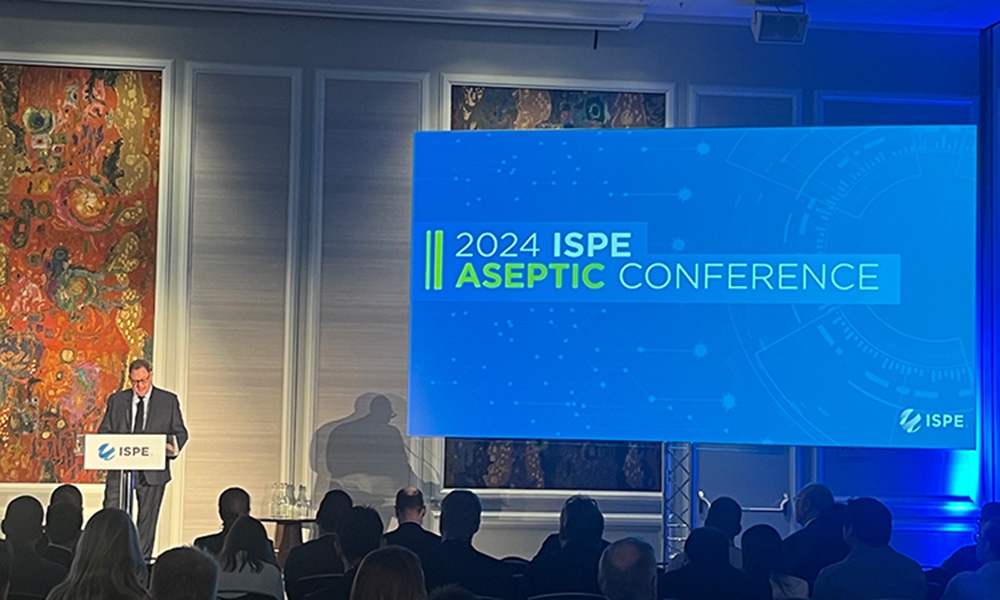Q&A with Rebecca Brewer: Cleaning Validation Principles

1. Why is cleaning and cleaning validation so crucial to the pharmaceutical industry?
Cleaning and cleaning validation are of crucial importance to patient safety. Only by ensuring that our process equipment is clean through a reproducible process can we have assurance that we do not have product to product, or batch to batch cross-contamination.
2. Do you have any suggestions for a facility to maintain an “inspection-ready” state?
In addition to checking and recent analytical failures, teams should review historical visual inspection results from cleaning to ensure that there are no concerns with cleaning that either isn't being performed in accordance with the original validation or that isn't performing in accordance with the original validation. Also, check the cleaning log books for any occurrences of "re-cleaning" as they can signal a cleaning process that isn't up to snuff. These are just some of the elements that will help to ensure that your facility is inspection-ready.
3. Are there any challenges with facilities complying with global cGMP regulations?
Cleaning correctly means putting some limitations on our operations based upon what we validate -- we have to limit our dirty hold time, limit our clean hold time, limit our campaign length, limit what products can be produced on specific equipment, and the like. These rules need to be implemented in a way that they are mistake-proof for operators. Nevertheless, good internal auditing will verify that compliance with these limitations has been observed. When these limitations are violated, it will be important to verify that the right actions are taken—whether that means that deviations are issued, that re-cleaning occurs, or both!
4. What are the most common challenges with cleaning and cleaning validation?
Cleaning and cleaning validation rely extensively on the risk assessments and scientific rationales that are prepared for equipment and products. It is imperative to ensure that the scientific rationales that are prepared in support of the cleaning program are identifiable, referenceable, and current. As programs age, it is easy to lose track of the foundational decision-making that guided the initial program. Maintaining scientific rationales as current is a major challenge for many firms as processes and facilities mature.
5. As an instructor of the ISPE Cleaning Validation Principles training, what do you believe are the key takeaways of this course?
ISPE's Cleaning Validation Principles course provides details on how to formulate sound scientific rationales and to maintain them. Through practical industry examples, we discuss pitfalls in cleaning validation approaches. We discuss limit setting in multi-product environments and how to sample and test for residues using compliant analytical methods. The challenges that are faced with establishing programs that suit both automated and manual cleaning are addressed, as well as how to establish cleaning programs for challenging environments, such as development.
To learn first-hand from Rebecca Brewer, register for the Cleaning Validation Principles course, taking place 23 – 24 October in Boston, Massachusetts.



